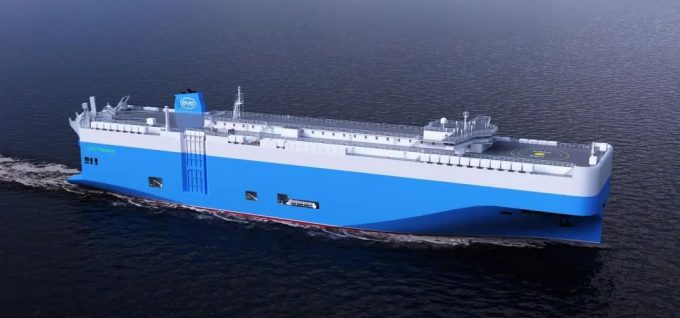Ocean and Premier alliances plan jointly operated transatlantic networks
Following yesterday’s announcement from Japanese container line ONE that it is to participate in three ...

Non-operating containership owners (NOOs) are expanding their activities into other shipping sectors to cushion themselves from falling box ship charter rates.
Supply is expected to considerably outpace demand in container shipping in the next few years, and that will have a negative impact on daily hire rates for chartered tonnage.
And the bleak outlook has prompted shipowners to look at other sectors of shipping for expansion.
Seaspan Corp, jointly owned by Japanese ocean carrier ONE, ...
Volcanic disruption at Anchorage could hit transpacific airfreight operations
Macron calls for ‘suspension’ – CMA CGM's $20bn US investment in doubt
Forwarders stay cool as US 'liberation day' tariffs threaten 'global trade war'
Shippers snap up airfreight capacity to US ahead of tariff deadline
De minimis exemption on shipments from China to the US will end in May
Tighter EU import requirements proving 'a challenge' for forwarders
Looming Trump tariffs will create 'a bureaucratic monster' for Customs

Comment on this article